I am using Phaser.js and its p2 physics in order to simulate what "fluid bodies". You can see in this example that a kind of fluid body is created (credits to John Watson). The only possible interaction is with mouse movement.
I have noticed some interesting properties that could probably help me getting what I pretend which are restitution, gravity and damping. All of these are in included in the shown example.
// Add a force that slows down the droplet over time
droplet.body.damping = 0.3;
// Add bounciness and gravity
this.game.physics.p2.restitution = 0.8;
this.game.physics.p2.gravity.y = 250;
After some research and reflexion I concluded that the body I seek must be more united than the example body which means that, within certain limits, a force with the direction of the center of the body (center +- top of body) should be applied to all the "small bodies" that make the body. I suppose that after achieving that even if I move the entire body with cursors it will move all together. The overall efect I want is a pile-type body form (less mass on upper part and more mass on the bottom part):

The only way for the body to lose mass should be an external force applied to the body that surpasses the resistance force that keeps the body united.
Even after researcing for quite a while I seem very lost in the matter...
- Should I literally opt for p2 forces ( I believe that exists ) ?
- Should I use springs to connect all the small bodies? (springs)
- How would I always get the "center of the body"?
Thanks.